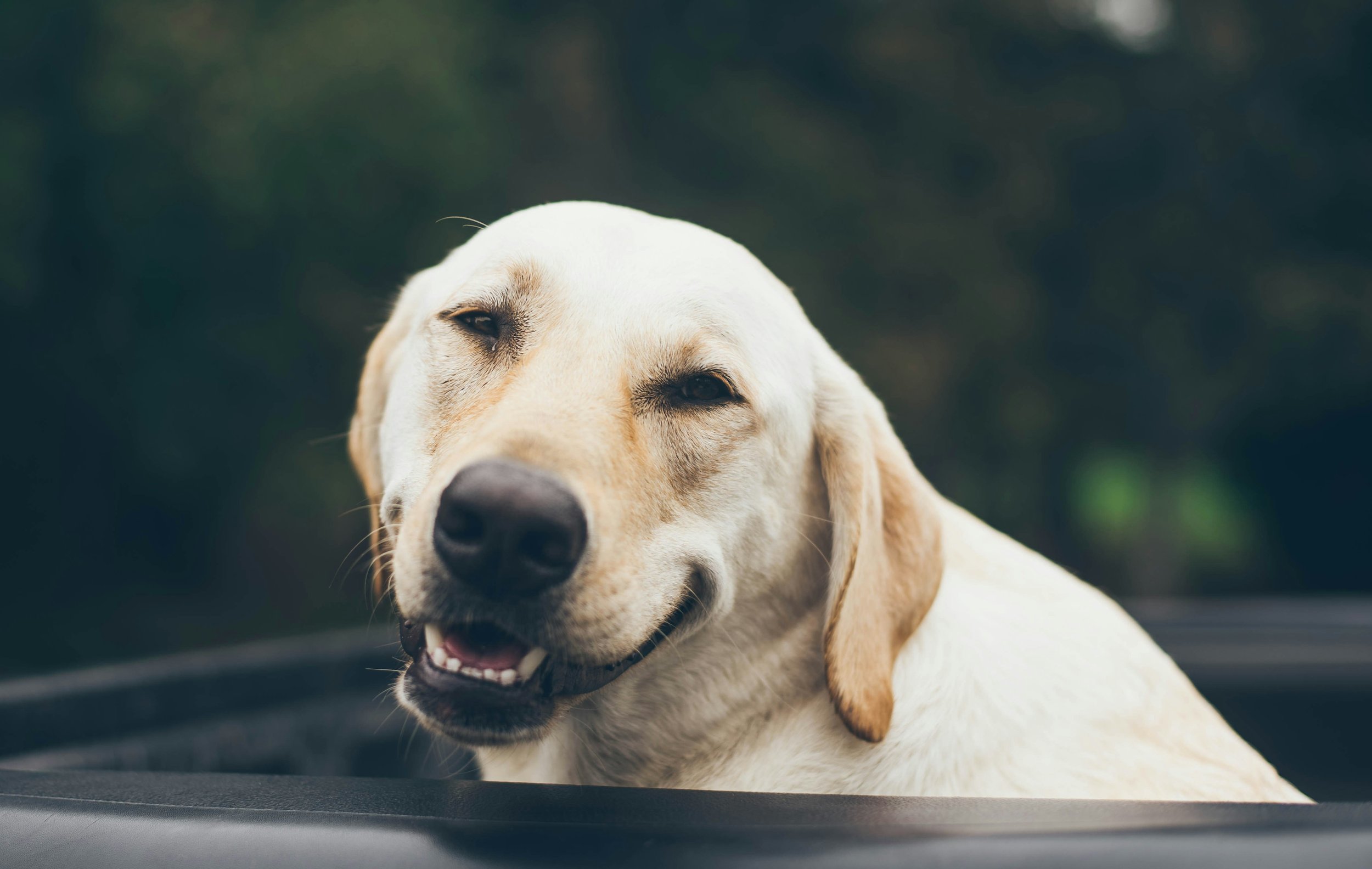
TRAINING BEST PRACTICES
-
When it comes to training your puppy, it’s far more effective to break up the training into several short sessions throughout the day rather than trying to cram everything into one longer session—especially when your pup is still young.
Puppies, much like toddlers, have short attention spans. They can quickly become tired, bored, or even frustrated during extended training periods. By keeping sessions short and sweet—around 5 minutes each—you’re more likely to keep your puppy engaged and enthusiastic about learning. Plus, multiple short sessions give your puppy more chances to practice and reinforce what they’re learning throughout the day, making it easier for them to retain new skills and behaviors.
And let’s be honest—short sessions are easier on you too. Training can be exhausting, especially when you’re dealing with a young, energetic puppy. By keeping it brief, you’ll avoid burnout and be more likely to stick with the training program over time.
In short, a few 5-minute sessions throughout the day not only keep your puppy’s attention but also help build a strong foundation for lifelong learning. It’s a win-win for both you and your pup!
-
Dogs are all about what they can see. They’ll always pick up on a visual cue, like a hand signal, before they even think about listening to what you’re saying. So, start by teaching the hand cue first. Then, instead of turning into a broken record and repeating your verbal cue a million times, if your dog doesn’t respond right away, just throw in that hand cue to help them get the picture.
-
I often notice that when my clients talk to their dogs non-stop during training, they think they’re actually communicating valuable information, but they’re not. It’s a good exercise to speak as little as possible when teaching new behaviors. Sure, go ahead and shower your dog with praise when they nail it, but try to avoid running a commentary while you’re teaching. All that chatter usually just distracts you from what you should be focusing on—your body language. Keep the talking to a minimum, and you’ll be surprised how much clearer your training becomes.
-
Praise can be anything your dog likes—a word, a noise, whatever gets their tail wagging. The key is that it’s genuine and expressive because dogs can totally tell when you mean it. I don’t recommend using the cue in your praise, like saying, “good sit.” Here’s why: we’re teaching your dog that when they hear a cue, they’re supposed to respond with a specific action. If you say “good sit” when they’re already sitting, you’re kind of telling them that “sit” doesn’t actually require any action on their part.
Instead, keep your praise cue-free. Use whatever feels natural to you—whether it’s a different word each time or a go-to phrase that feels right. The important part is that it’s genuine and doesn’t muddy the waters with the cue word.
-
Don't feed your dog right before a training session. If they’re full, they might not be as motivated to work for the treats you’re offering. And if you end up handing out a lot of treats during the session, you might need to reduce their next meal by a similar amount to avoid overloading their stomach. Remember, their bellies can only handle so much at once!
-
Training isn’t just something you do during those few minutes when you’re teaching a new behavior. It’s an ongoing process. Your dog is always learning, so if they do something you don’t want to encourage, make sure you address it right away. Training is happening all the time, whether you realize it or not!
-
If your puppy is up to no good, don’t just shout across the room. Get up, walk over, and address the behavior directly. Dogs, like people, are much more likely to take you seriously when your words are backed up with action.
